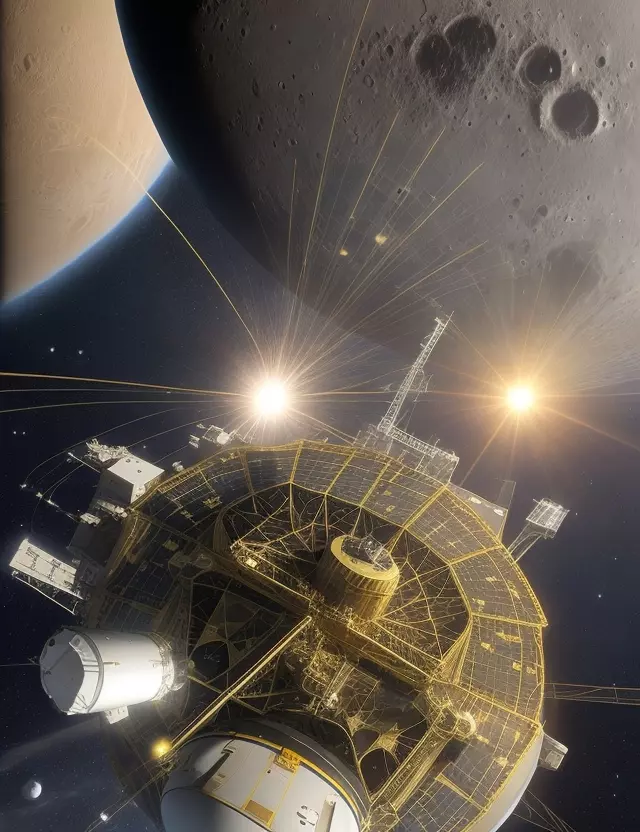NASA Launches New Horizons Mission
January 19, 2006

NASA Launches New Horizons Mission
On January 19, 2006, NASA launched the New Horizons spacecraft on a historic mission to explore the distant realms of our solar system, specifically targeting Pluto and the Kuiper Belt. This mission marked a significant step forward in our understanding of the outer reaches of our celestial neighborhood.
The New Horizons Spacecraft
New Horizons is a robotic spacecraft designed for planetary exploration, and its primary objective was to conduct a flyby study of the dwarf planet Pluto and its moon, Charon. Additionally, it aimed to investigate other objects in the Kuiper Belt, a region of the solar system beyond the orbit of Neptune that contains numerous small bodies.
Objectives and Discoveries
The mission's scientific goals included capturing detailed images of Pluto and its moons, mapping their surface compositions, studying Pluto's atmosphere, and analyzing the dynamics of its space environment. The spacecraft's instruments were designed to provide valuable data about the geology, surface properties, and atmospheres of Pluto and its moons.
Historic Pluto Flyby
New Horizons made history when it conducted a successful flyby of Pluto on July 14, 2015, coming within close proximity to the dwarf planet and providing humanity with the first up-close images and scientific data about this distant world. The mission expanded our understanding of Pluto's complex and dynamic features, challenging previous assumptions.
Legacy and Continued Exploration
The success of the New Horizons mission demonstrated the capabilities of robotic spacecraft to explore the outer reaches of our solar system. Beyond Pluto, the spacecraft continued its journey into the Kuiper Belt, studying other small bodies in this distant region.
Advancing Planetary Science
New Horizons significantly contributed to planetary science, unveiling mysteries of Pluto's surface, its diverse moon system, and the nature of the Kuiper Belt objects. The mission's success has inspired further exploration initiatives and fueled our curiosity about the vast and varied landscapes of our solar system.
Looking to the Future
As we celebrate the launch of New Horizons on January 19, 2006, we reflect on its groundbreaking contributions to our understanding of the outer solar system. The legacy of this mission continues to resonate in the realm of space exploration, paving the way for future missions to unlock the secrets of our cosmic neighborhood.



